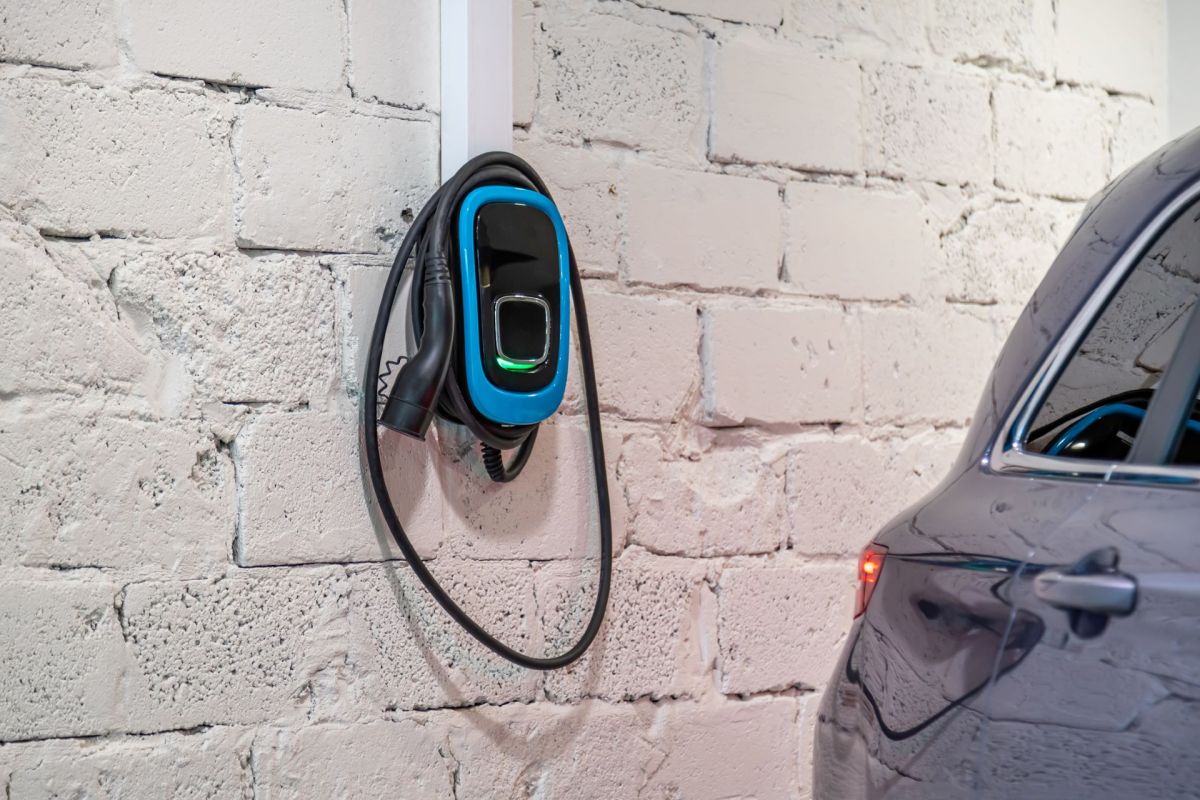Chinese company CATL announced in mid-August it had opened an "era of EV superfast charging" with the development of the world's first 4C superfast-charging lithium ferrous phosphate battery.
CATL, aka Contemporary Amperex Technology Co. Limited, is the world's top EV battery-maker. The company stated the battery, called Shenxing, could provide electric vehicles with a 400-kilometer (about 249-mile) driving range via a 10-minute charge. CATL said it had created an "expressway for current conduction" in the LFP battery, The Register noted.
But at least one expert is skeptical.
"This would be an unprecedented enhancement in the battery energy density for the last 30 years," battery technology scientist Dr. Rachid Yazami told The Register.
"Much critical information is missing in the CATL claims, such as the cycle life of their batteries which converts to total life miles driven by the EV, the extreme temperatures performances, safety and costs."
Yazami invented the lithium graphite anode in 1979-80 and is one of the world's top battery technology experts. The anode is the most commonly used in commercial lithium-ion batteries, an industry that is expected to grow by $130.3 billion between 2023 and 2032.
Driving ranges are important factors for EV owners and potential buyers because the United States lacks fully adequate charging infrastructure. Bloomberg reported the average range of an EV sold in the U.S. in 2022 was 291 miles (about 470 kilometers).
CATL stated the batteries could be mass-produced by the end of the year and available in EVs by the first quarter of 2024.
"Currently fast-charging anxiety has become the top factor that stops consumers from shifting to EVs," the company noted.
One of the benefits of LFP batteries is that they are a sustainable source of clean energy. They're also cost-effective and safer than other lithium-ion batteries.
CATL stated the Shenxing and its "high energy density" produces a range of over 435 miles (700 kilometers) on a full charge.
"Energy density matters because nobody wants heavy batteries," according to The Register.
The Register provided a rundown of how the batteries work: "They involve moving lithium ions from a cathode to an anode through an electrolyte, creating a potential difference between the two electrodes. When the stored energy is used, the ions return to the cathode. And repeat."
The site noted the speed at which batteries charge slows as they approach full capacity and that cold weather can also delay charging. CATL stated the Shenxing could be charged from 0% to 80% in 30 minutes at 14 degrees Fahrenheit.
"Shenxing is an LFP battery, which has a wider tolerance for overcharge than old-school EV lithium batteries," The Register reported. "They can also run at higher temperatures — which is good if you want to charge fast, because that process generates more heat."
Join our free newsletter for weekly updates on the coolest innovations improving our lives and saving our planet.









